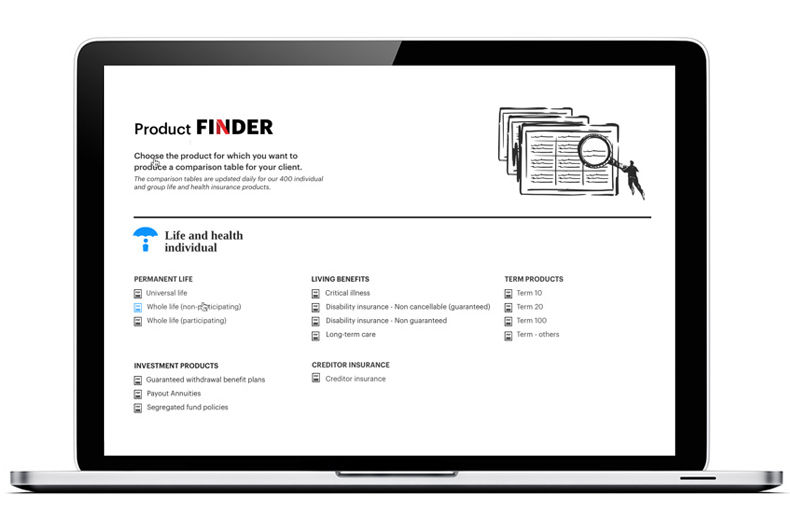Financial advisors need to inspire trust in clients and promote life insurance as something more than a death benefit to encourage the growth of the product, particularly during the current pandemic.
Interest in life insurance is at a historically high level because of COVID-19, but many still hold misconceptions about the cost and the ability to obtain the product, according to the U.S.-based 2021 Insurance Barometer Study, undertaken by LIMRA, LOMA and Life Happens.
The latest study, held annually to help educate consumers, indicates that 36 per cent of U.S. consumers say they plan to buy life insurance within the next 12 months – the highest purchase intent in the survey’s history.
Overestimating the cost
But the study also shows Americans overestimate the cost of insurance. Forty-four percent of millennials estimate a 20-year term life insurance for a healthy 30-year-old costs more than US$1,000 a year when it’s really closer to US$165 per year.
Only one in five women said they know much about life insurance, potentially explaining why ownership for women is 47 per cent compared to 58 per cent of men.
“The life insurance gap is nothing new,” said Alison Salka, senior vice president and director, Member Benefits and Research at LIMRA. “But I think with COVID and the economic dislocation that has come along with it, it made a lot of people think.”
COVID-19 turned into “an awareness of a need” of life insurance for consumers, said Salka. “We found that almost a third of all the consumers that we asked said they were more likely to buy insurance because of the pandemic. And we know that saying they’re more likely to buy insurance doesn’t translate into action, but still that’s almost one third of the population saying they believe they are more likely to buy. And I think that’s a pretty big number.”
Interest growing across cultural and income levels
“If the pandemic taught us anything, it is that the future is promised to no one. Our data shows that virtually no one regrets purchasing life insurance…” - Faisa Stafford
Often the thought of purchasing a life insurance policy comes too late. For example, many people use life insurance policy benefits for burial and other needs only. But now interest in purchasing (additional) life insurance has grown across cultural and income levels, even among those with more than US$150,000 in assets, according to the study.
“Today, it’s not enough to say you need life insurance or to think about purchasing it. It’s time to act on these interests to protect your loved ones,” said Faisa Stafford, president and CEO of Life Happens, which helps co-ordinate the survey. “If the pandemic taught us anything, it is that the future is promised to no one. Our data shows that virtually no one regrets purchasing life insurance, demonstrating those who own life insurance understand and appreciate its value.”
More first-time buyers
In 2020 there were a lot of first-time life insurance buyers because of COVID-19, said Salka, most of whom were millennial and Black. The number of sold policies increased two per cent for the year, driven by strong whole life and term sales and that was coming off a strong Q4 2019. “So you are seeing more policy sales and you’re seeing an increase in smaller policies which suggests that they may be being bought by people with lower incomes or first-time buyers. To be more specific, term policy count was 57 per cent higher in 2020 vs 2019 and that’s the highest annual policy sales growth since 1999.”
Direct-to-consumer life policy sales in the States grew 17 per cent in 2020 – the highest number ever purchased due mostly to simplified underwriting and because advisors were reaching out to current owners to ask if they needed more coverage, she said.
Holistic advice
Financial advisors who are giving holistic advice to their clients are becoming more near and dear to clients because they can give more than advice on investments.
Stafford said there are many families that believe that life insurance is only good to help pay for burial costs. But she said this is another place where financial advisors can step in and teach their clients.
“There’s an education gap on what the product can do beyond that [burial] and is a real opportunity to talk about general wealth transfer [within the family]. The fact that one family can build a nest egg and transfer it to future generations is a big play. You need to discuss the living benefits of life insurance.”







